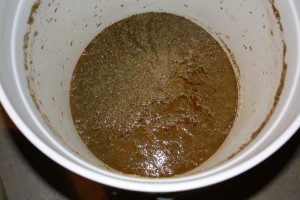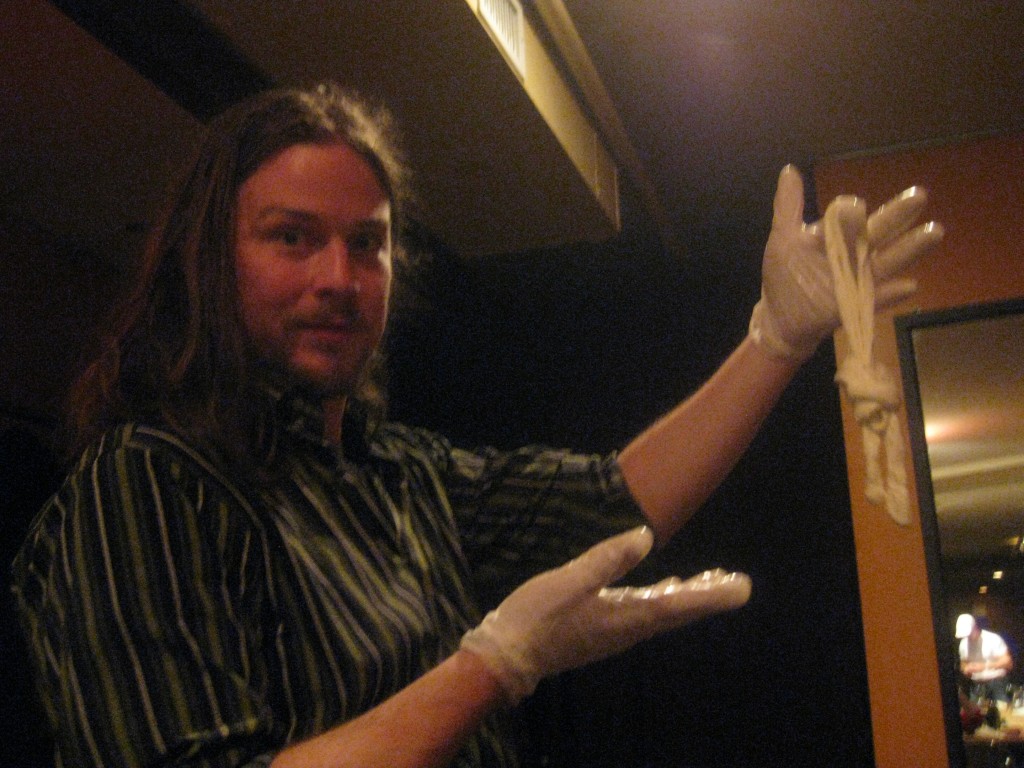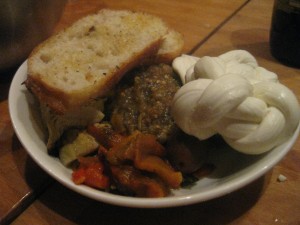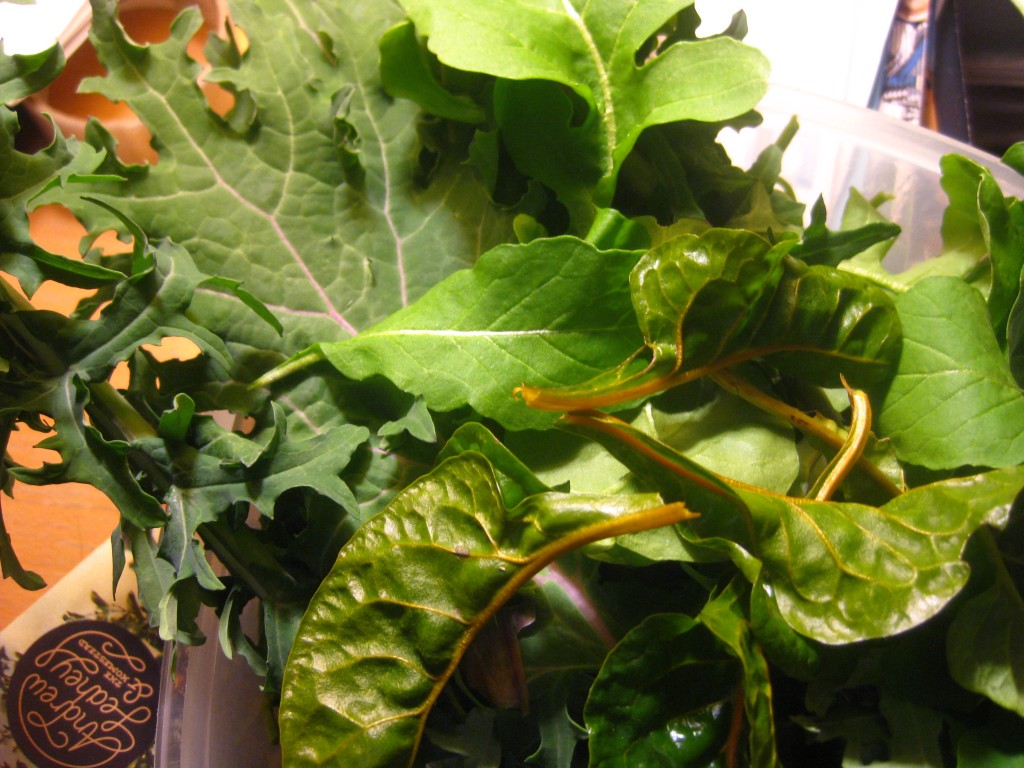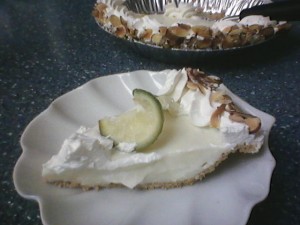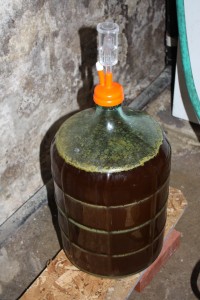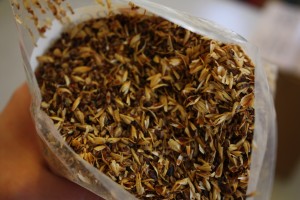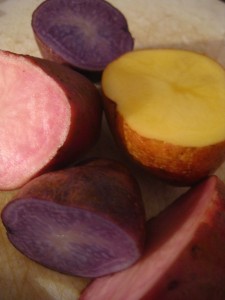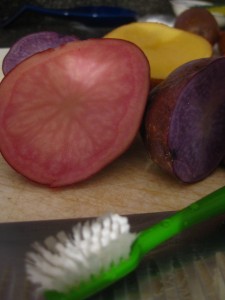I used to think that my mother’s thing for kitchen gadgets had something to do with how much time and effort it took to cook dinner for a family of five, day after day, year after year, and a desire to make the process quicker and easier. There is, probably, still some truth to that theory, but after I saw the way she took to the Kindle and iPhone, another suspicion began to take shape: my mother is a gearhead. There are people out there who revel in having the right tool for the right task, and though I can’t profess to have that personality trait myself, no one epitomizes it more in the realm of cuisine than my own flesh and blood. To get a sense of what I was missing, I asked my mom, Nancy, to take some photos of her most beloved and frequently used gadgets.

Manufacturer: Waring
Wine opener
My mother can drink you under the table, in no small measure because she can get the bottles open faster. A few years ago, I was finally coming around to the idea of one of those Rabbit corkscrews that looks like a medieval torture device, but my mother was already a step ahead. This one requires, literally, zero effort. You just put it on top of the bottle, press a button, and the cork magically and invisibly comes whirring out of the bottle. “It never breaks the corks apart,” my mother explains.

Manufacturer: Vinturi
Aerator and strainer
If ever the cork should tragically break apart, however, my mom has it covered with this contraption. You just hold it over a glass and pour red wine through it. The mesh strainer at the top catches any undesirable sediment and then the wine passes through a series of small holes so that more of it is exposed to oxygen. This eliminates the need to leave the bottle open on the counter, breathing, and, as my mom points out, enables more drinking and less waiting. Sadly, a sulfite allergy has seriously cut down on my mom’s red wine consumption, though she believes that now the same company makes one for white wine, too. “I’m not really sure why you would use that,” she said, but it didn’t sound like she was completely ruling it out.

Manufacturer: Egg Perfect
Egg timer
Lest you think that my mom’s gadgets are limited to wine, here’s one that she claimed she used this morning for breakfast. You just pop it in the pot with the eggs you’re boiling, and it changes color to show when the eggs have arrived at soft-boiled and hard-boiled. She’s been using this for decades now, though it has been a subject of controversy. “Dad prefers to time them, and they turn out very nice,” she says slowly and diplomatically. She is saying this because my father has two culinary tricks—grilling a steak and soft-boiling an egg—and I don’t think she wants to discourage him from these tasks. Even so, she admits, lowering her voice, “I still use the timer. It’s much more predictable.” Continue reading →


